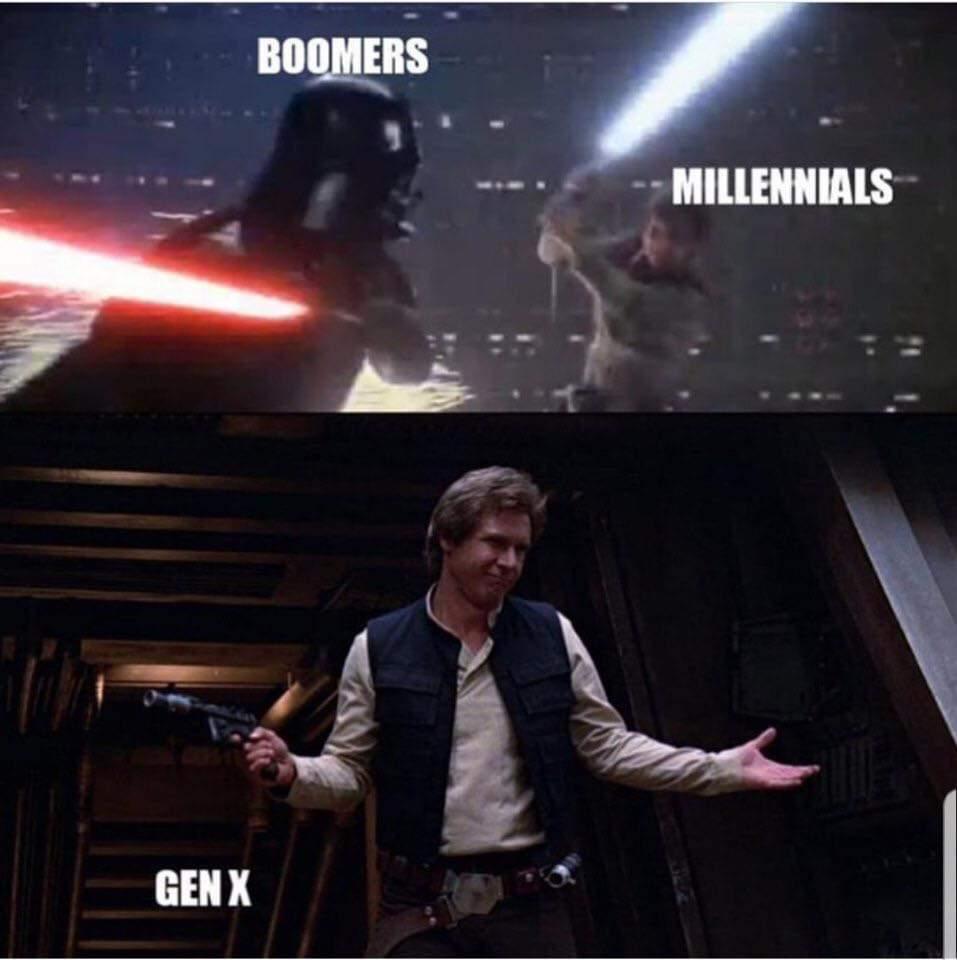6 gadgets debuting at the Consumer Electronics Show that may change lives for the better.
New year. New gadgets. It's time for the Consumer Electronics Show.
In January, the world's best innovators come together in Las Vegas to showcase their latest gadgets, wonders, and game-changers in the consumer electronics space (devices an individual could buy and use in their daily life).
Products like the VCR, CD player, DVR, and even HDTV made their debut at the CES, and each year, tech pundits and trend-watchers look to the event to speculate as to which devices we'll be clamoring for next.
The insider-only event has grown from 14 exhibiting companies in 1967 to over 3,600 in 2016. This year's show, held Jan. 6-9, is expected to attract more than 150,000 visitors.
The crowded floor at CES 2016. Photo by Ethan Miller/Getty Images.
While many of the products are fun, if a little self-indulgent, there are countless gadgets, wearables, and apps debuting at the CES 2016 that may really help people and the places we call home.
From improving our health to cleaning up the environment, these six items from the CES have us totally geeked for 2016.
1. The Luminion: a beautiful home-energy tracker
The Luminion, a new device by French company Ubiant, is more than just a pretty light. The gadget lets you know how much energy your house is using and, thanks to the company's cloud-based energy management system, lets you compare your usage to that of your community.
That's one badass candle. Photo by Ethan Miller/Getty Images.
According to Ubiant, the device "encourages users to adopt best practices and reducetheir energy consumption by up to 20%."
So it's no surprise the Luminion took home a 2016 CES Innovation Award in the category of Tech for a Better World.
2. This affordable 3D Pen by XYZprinting
This 3D pen allows you to "draw" sculptures. A corn-based plastic material is pushed through the tip of the pen in liquid form but cools rapidly so the user can draw 3D sculptures without a computer or expensive, complicated software like AutoCAD.
Draw me like one of your French sculptures. Photo by Ethan Miller/Getty Images.
With an expected retail price of just $49, this pen has the potential improve accessibility to 3D design not just for dabblers and hobbyists, but for students, teachers, and schools.
3. Kolibree's interactive gaming toothbrush
This interactive gaming toothbrush from Kolibree makes remembering to brush your pearly whites just a little bit easier. The electric brush and corresponding app help make proper toothbrushing a fun and playful experience.
Because you don't have to brush all your teeth, just the ones you want to keep. Photo by Ethan Miller/Getty Images.
According to the Centers for Disease Control and Prevention, tooth decay is the most common chronic condition of children in the United States, and 20% of kids ages 5 to 11 have at least one untreated cavity. Yikes! A device like this just might be worth the $99 price tag.
4. ili, the wearable translator that's straight out of "Star Trek"
Traveling is fantastic, but rarely does a person have time to master a language before heading overseas. But with the ili by Japanese company Logbar, you can have a translator with you at all times, right in your pocket.
Language barriers are soooo 2015. Photo by Ethan Miller/Getty Images.
Just hold down the button and speak. When you release the button, the unit audibly translates your words into English, Chinese, or Japanese (more languages including French, Spanish, Arabic, and Korean are coming next). You can see the ili in action in this highly creepy advertisement.*
(*Upworthy does not condone the use of auto-language translators to persuade unwilling strangers to make out, but still — look at those language barriers breaking down!)
5. The newest in wearable tech: smart insoles from Zhor Tech
Fitness trackers are having a moment, with 1 in 10 adults owning some kind of wearable one. But connected foot software from Zhor Tech provides information (and control) the likes of which we haven't seen.
WHAT ARE THOOOOOSE? Photo by David McNew /AFP/Getty Images.
These smart shoes and insoles can monitor physical constraints, alert an employer or loved one about an injury, or even signal your location if you get lost.
Special inserts even feature an app-controlled heating element if you're in extreme conditions. And of course, it counts your steps.
6. Rechargable batteries that don't require a bulky charger
These batteries from USBCELL look and run like traditional AA versions, but when they die, you can pop the top and charge them in your USB port.
Power up! Photo by David McNew /AFP/Getty Images.
The batteries can be charged hundreds of times and help save room in landfills, where billions of traditional batteries end up each year.
These are just a small sampling of the products at CES 2016.
With thousands of exhibitors, there are enough devices, apps, drones, and mind-melting tech to make your head spin in the very best way.
Photo by Alex Wong/Getty Images.
What a time to be alive!


 Flying Top Gun GIF by Xbox
Flying Top Gun GIF by Xbox not ready baroness von sketch GIF
not ready baroness von sketch GIF SOURCE: TWITTER
SOURCE: TWITTER
















